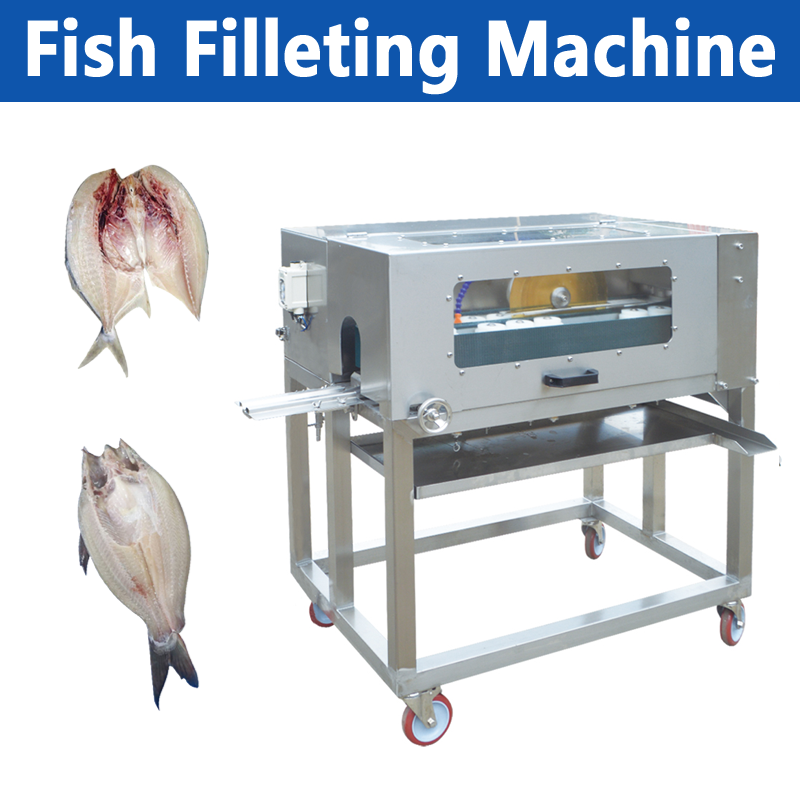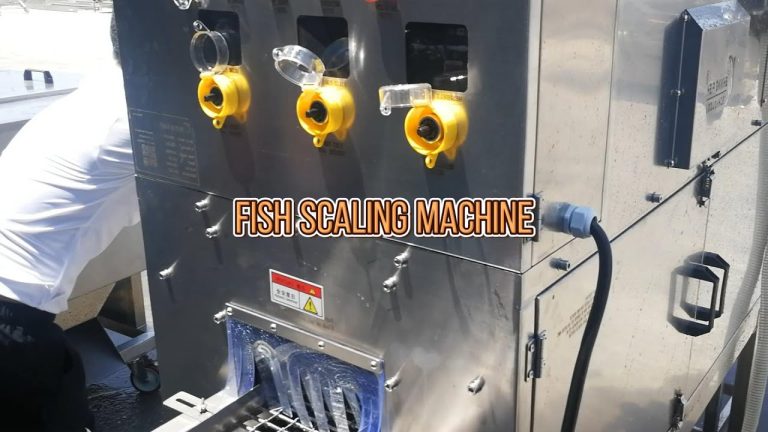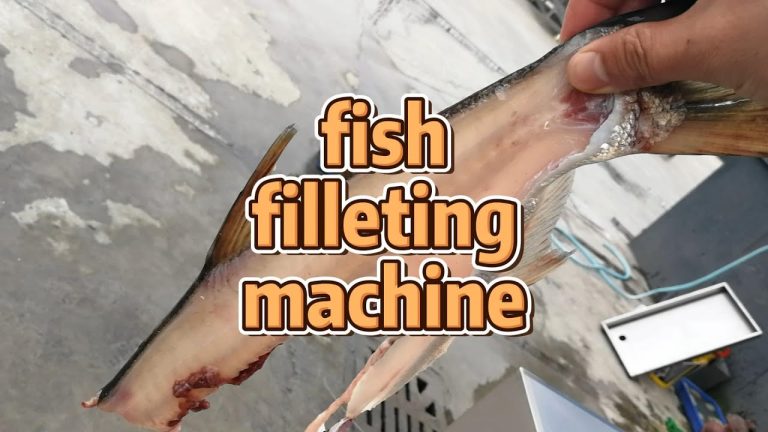Table of Contents
Overview of Frozen Fish Cutting Machines
| Serial Number | Name |
| 1 | Fish processing machinery |
| 2 | Fish descaling machine |
| 3 | Cut fillet fish machine |
| 4 | Fish cutting machinery |
| 5 | Fish skin peeler machine |
| 6 | Fish washing equipment |
| 7 | Seafood Ice Glazing Machine |
| 8 | Fish scaling and gutting machine |
| 9 | Fish meat picker |
| 10 | Frozen fish slicer |
Frozen fish cutting machines are specialized equipment designed to efficiently process frozen fish into various cuts. These machines are essential in the seafood industry, where speed and precision are critical for maintaining product quality and meeting market demands. By automating the cutting process, these machines not only enhance productivity but also reduce labor costs associated with manual cutting.
Typically, a frozen fish cutting machine features sharp blades and advanced technology that allow it to handle different types of fish, including fillets, steaks, and portions. This versatility makes them invaluable for manufacturers and processors who need to cater to diverse consumer preferences. The machines can be adjusted to cut fish into specific sizes and shapes, ensuring consistency across batches.

Benefits of Using Frozen Fish Cutting Machines
One of the primary benefits of using frozen fish cutting machines is the significant time savings they provide. With the ability to cut large volumes of fish quickly, these machines help businesses meet high demand without compromising quality. This efficiency not only speeds up the production process but also allows companies to take on more orders, ultimately boosting revenue.
Moreover, these machines contribute to reduced waste during the cutting process. Unlike manual cutting, which can lead to uneven portions and excess trimmings, frozen fish cutting machines are engineered for precision. This accuracy ensures that every cut is optimized, maximizing the usable yield from each fish and minimizing losses.
Key Features to Consider
When selecting a frozen fish cutting machine, there are several key features to consider. First, the machine’s cutting capacity should align with production needs—ranging from small-scale operations to large industrial processors. Manufacturers often offer models with varying throughput rates, enabling businesses to choose the best fit for their workflow.
Another important feature is the ease of cleaning and maintenance. Given the perishable nature of fish products, hygiene is paramount in seafood processing. Machines designed with removable parts and smooth surfaces facilitate thorough cleaning, helping to prevent cross-contamination and ensure compliance with food safety standards.



